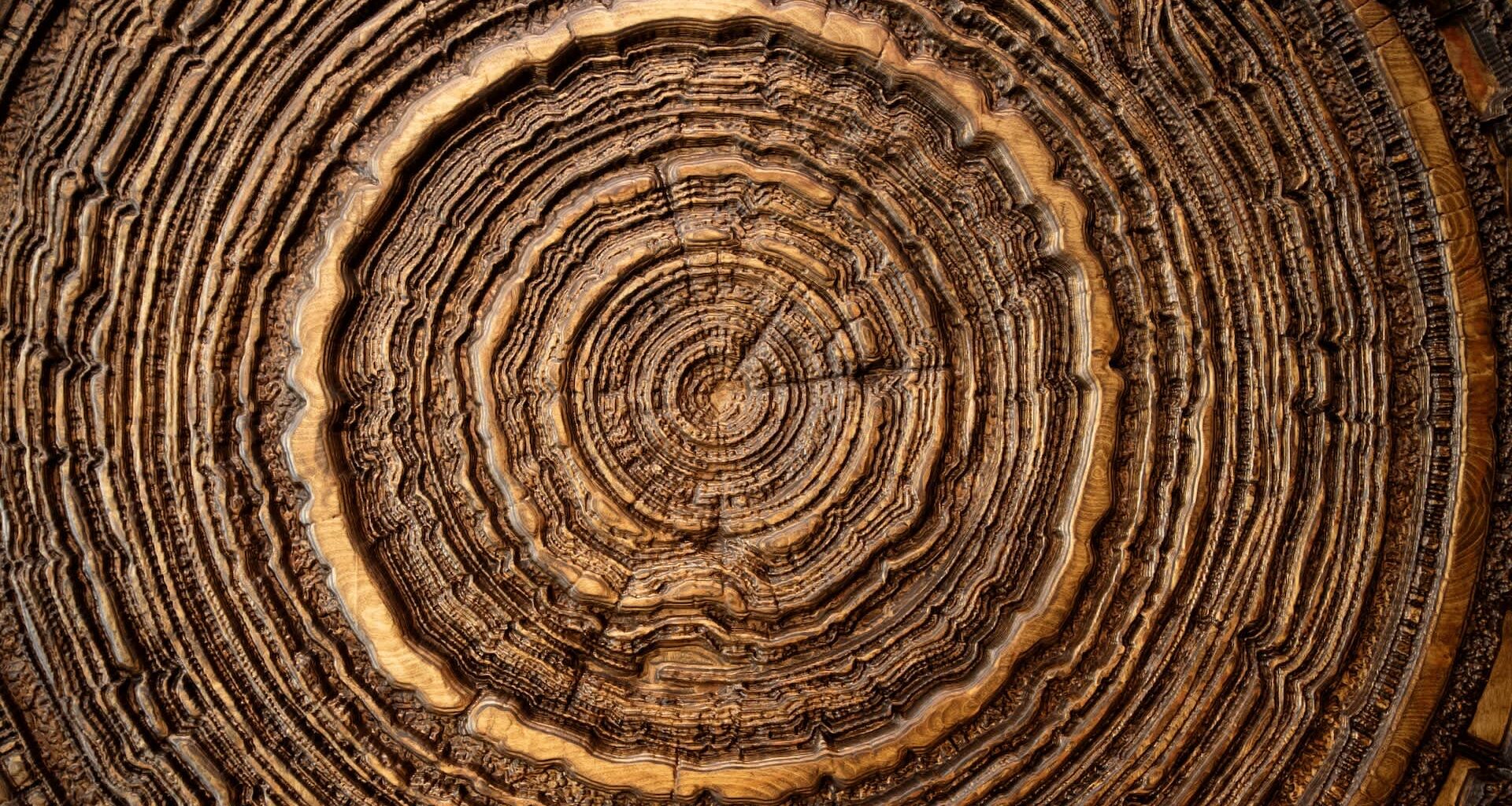Most people are familiar with the notion that “tree rings” — the concentric bands visible on a cross-section of a tree’s trunk — serve as an indicator of a tree’s age.
Dendrochronology is the practice of using tree rings to determine the age of a tree. But tree rings have a lot more to tell scientists and conservationists, and as NASA and NOAA both explained, they can provide critical insights into historical changes to a tree’s local climate.
Researchers at the University of Arizona recently published a paper in the peer-reviewed journal AGU Advances, using variations in tree-ring data to reconstruct climate patterns over a 1,000-year period.
The study’s authors investigated the long-term influence of the El Niño-Southern Oscillation (ENSO), a natural climate pattern with global impacts, on extreme summer weather.
The team worked with researchers at Columbia University, China’s Northwest University, and Spain’s Universidad Politécnica. According to ASU, the collaboration marked the “first time a reconstruction of the jet stream across the entire Northern Hemisphere has ever been created.”
Specifically, they examined locked jet stream wave patterns and a condition where a configuration of “five peaks and five troughs” emerged. Called wavenumber-5 (or wave5), the pattern is associated with concurrent extreme summertime weather events worldwide.
Nuun’s zero-sugar hydration tablets are a perfect, guilt-free way to enhance your water throughout the day. You’ll get five essential electrolytes for everyday hydration — with zero grams of sugar.
Plus, Nuun tablets are certified vegan and gluten-free, and they’re the perfect size to keep in your car, purse, or anywhere you’ll want a healthy, restorative drink.
Researchers didn’t find “an increase in locked wave5 patterns” in their millennium of data. However, they determined that winters influenced by La Niña, the cooling counterpart to El Niño, tended to precede a summer of locked wave5 patterns and a global uptick in extreme weather.
Lead author Ellie Broadman explained why tree rings were integral to their research.
“We don’t have direct observational data on the jet stream back more than a few decades, so we’re using tree rings as a new way to look at what the jet stream was doing in the past, even without satellite or instrumental records,” she said.
Ultimately, the authors observed that their findings introduced the “potential to increase long-term predictability of high-impact climate extremes,” which are “typically predicted only days or weeks in advance,” data that can be used to mitigate future extreme weather impacts.
Broadman further characterized their findings as a testament to the immense value of paleoclimatology, a research field focused on data generated before modern instruments and record-keeping were introduced.
The findings emphasized “why paleoclimate research really matters,” she maintained.
“Modern instruments only cover the same period humans have been warming the planet, so you need the long-term view to really understand the impacts of modern climate change,” Broadman added.
Join our free newsletter for good news and useful tips, and don’t miss this cool list of easy ways to help yourself while helping the planet.


